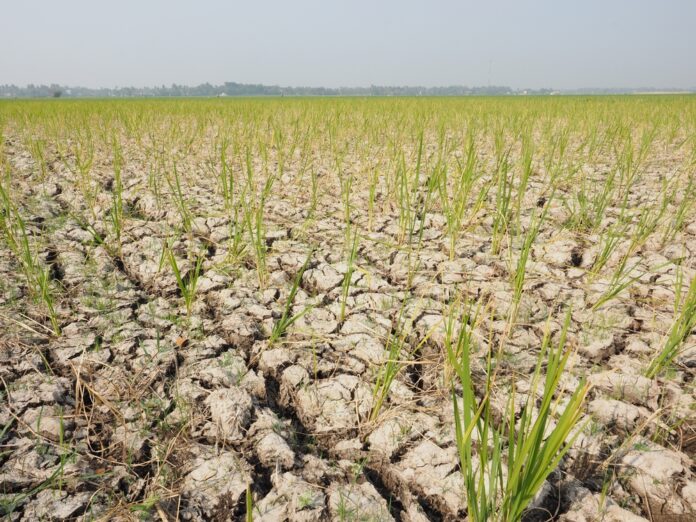Experts consider the El Nino weather disturbance as aggravating factor to high inflation that could throw off expectations of moderating consumer prices in the waning months of the year.
This was raised by analysts at Moody’s Analytics, the data analysis and financial intelligence arm of Moody’s Corporation headquartered in New York, who noted that inflation unexpectedly rose in August to 5.3 percent after hitting a 16-month low of only 4.7 percent in July.
“The biggest worry is that the El Nino weather pattern may further hinder agricultural crops and keep prices of food, which comprises more than half of the CPI basket, elevated for longer,” the Moody’s unit said.
Inflation, or the rate of change in prices, accelerated far more than market consensus of only 4.7 percent in August. Moody’s own forecast was for inflation no higher than 4.8 percent.
According to Moody’s, much to blame for the outsize outcome of the price survey may be traced to the higher price of rice during the period.
“Rise is a staple food in Filipino cuisine and a large factor in food inflation. Prices have soared due to domestic challenges and India’s ban on the export of nonbasmati white rice. The Philippines is one of the world’s largest importer of rice,” it said.
Then, super typhoon Goring (Saola among global weather watchers) happened, adding to the pain that swept across the rice-producing regions of the country, damaging crops.
“Beyond bad, weather, the government has blamed price manipulation by industry participants for contributing to higher rice prices,” Moody’s said.
It also noted the price cap on the commodity put in place as a temporary measure by President Ferdinand Marcos Jr. himself.
But apart from rising food inflation, a hike in fuel prices by oil companies in tandem with higher lightrail transport fares exerted upward pressure on prices, Moody’s said.
Nevertheless, the data analysis unit of the sovereign credit watcher Moody’s Investors Service is convinced that inflation will ease in the coming months and hit the upper reaches of the Bangko Sentral ng Pilipinas target range of 2 to 4 percent this year.
The latest BSP forecast was for inflation likely rounding the year at 5.6 percent, give or take a few basis points.
“Despite that, we expect inflation to ease over the coming months and touch the higher bound of the BSP’s 2 to 4 percent target by the end of the year. Unless inflation across food and energy proves to be stickier than expected, the central bank is likely to hold rates steady for the rest of the year and cut rates from the first quarter of 2024,” Moodys said.
It forecasts inflation in the Philippines averaging 5.7 percent, slightly above the BSP forecast, this year.







